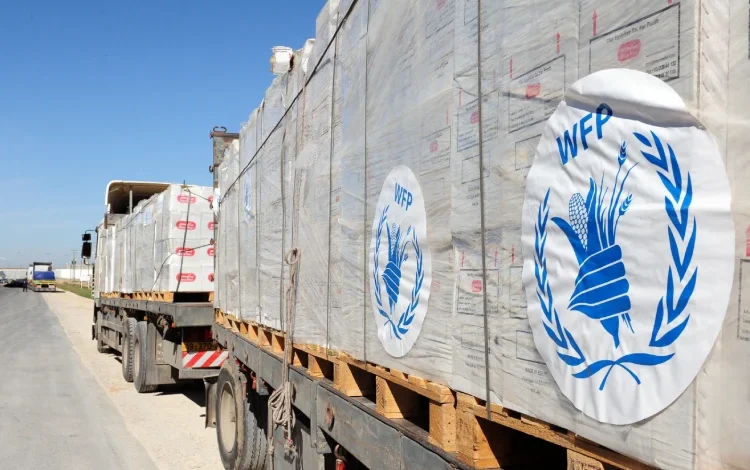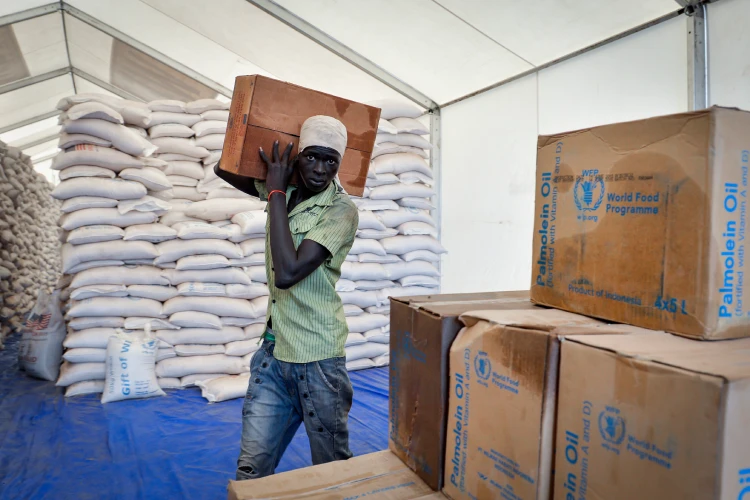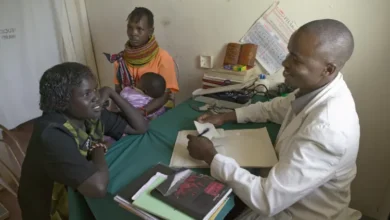
WFP and UNHCR Face Historic Funding Crisis Cutting Aid to Millions
Donor Cuts and Rising Defense Budgets Push UN Agencies Toward Deep Operational Reductions
Facing a record-level funding shortfall in 2025, both WFP and UNHCR are reducing the scope of their global aid activities. UN reports funding crisis is due to shrinking contributions—especially from key donors like the United States—are forcing them to make difficult choices, as global priorities tilt toward military and security spending.
The financial strain is the most severe both agencies have faced in years. WFP’s leadership says the shortfall has already affected how and where they deliver food, while UNHCR is cutting staffing and shutting down offices to stay afloat.
WFP Faces $6.4 Billion Gap, Focuses on High-Risk Areas

WFP is working with 40% less funding than it received in 2024, translating into a $6.4 billion gap. The agency says this means only the most urgent crises will receive full support. Others will be left with limited or no food assistance.
In Sudan, WFP planned to assist around 7 million people between May and September, but it’s now facing a $698 million deficit out of the $800 million needed. That timing is especially challenging as the country enters its rainy and hunger seasons, with ongoing conflict worsening the situation.
Ethiopia is also being hit hard. A $222 million budget deficit has led the agency to suspend nutrition support services for approximately 650,000 women and children. An additional 3.6 million people could lose access to food aid if the gap remains unfilled.
UNHCR Cuts Costs After Receiving Just 17% of Budget
UNHCR’s situation mirrors that of WFP. By March 2025, it had received just 17% of its $10.25 billion target for the year. The agency has responded with a 30% cost-reduction plan, which includes downsizing senior leadership and shutting some country offices.
The cuts are expected to affect critical services such as emergency housing, clean water, healthcare, and education for displaced populations.
In Ukraine, support programs have already been scaled back. Displaced people arriving at transit centers are receiving less psychosocial care, fewer emergency supplies, and reduced financial support. These cutbacks are largely driven by a decline in funding from the U.S. and several longstanding donor countries in the West.
Why the Drop in Aid?
The shift in donor priorities is tied to rising defense spending and concerns about geopolitical instability. While humanitarian programs once received strong backing from wealthy nations, many are now redirecting funds to military and energy concerns.
This shift is limiting the UN’s ability to plan long-term operations. Agencies are instead being forced into short-term decisions about where they can and can’t provide help. Aid workers warn that this approach increases the risk of food insecurity, disease, and further displacement in already vulnerable regions.
Global Impact Could Grow Without Action
Both WFP and UNHCR are urging donors to revisit their commitments. They stress that while security funding addresses short-term national interests, underfunding humanitarian programs can create longer-term instability.
If new funding isn’t secured soon, more cutbacks are likely before the end of the year. Millions of people in conflict zones, refugee camps, and crisis areas could find themselves without access to food, water, or shelter.




